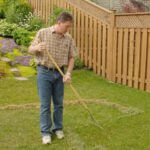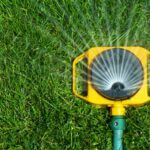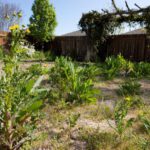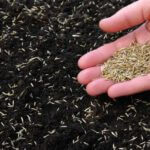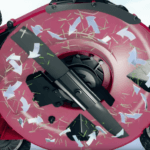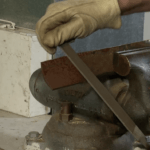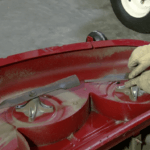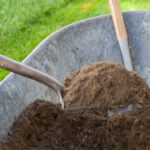Removing Thatch and Weeds From Lawn
The first step to lawn restoration is to remove any thatch buildup. Thatch is un-decomposed stems and roots that accumulate near the soil surface. Dig up a small, triangular-shaped plug of turf several inches deep. If the spongy layer above the soil is more than ¾- to 1-inch thick when you compress it, it is Read more…

